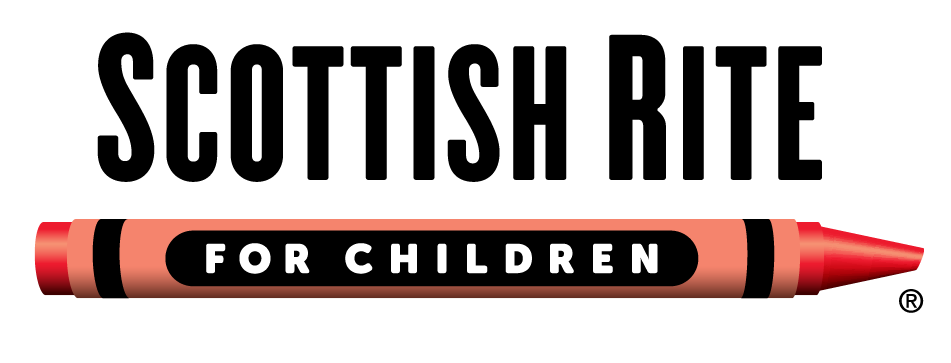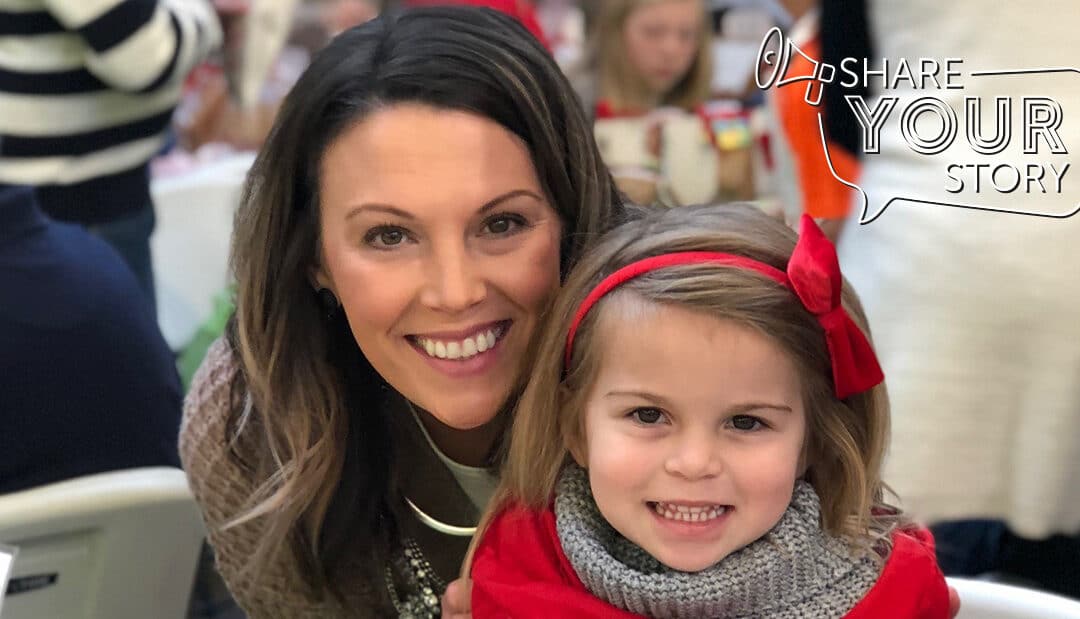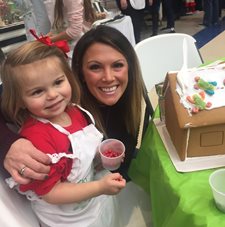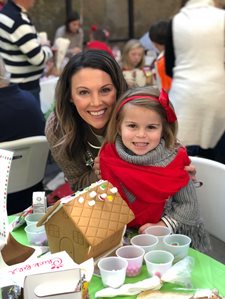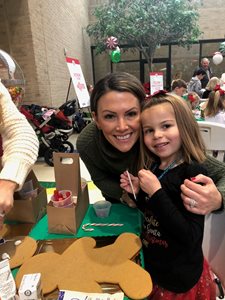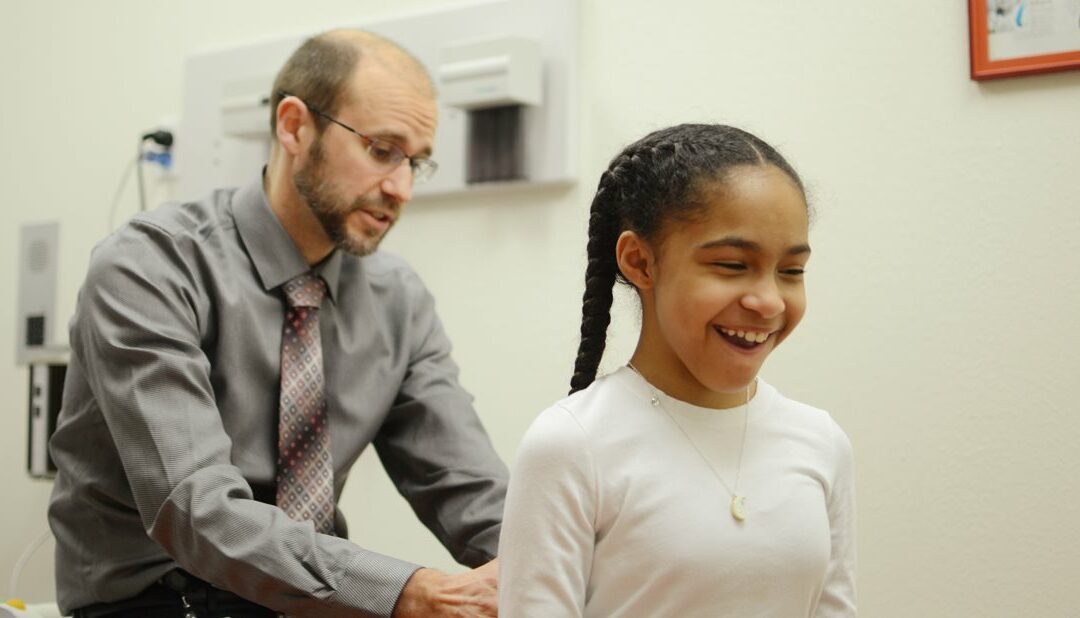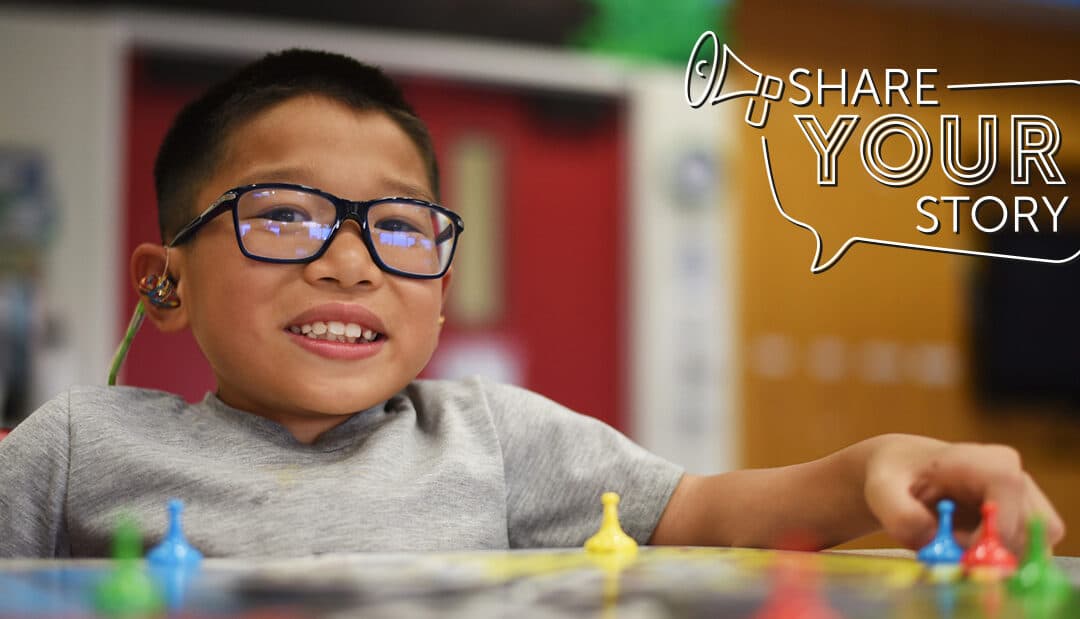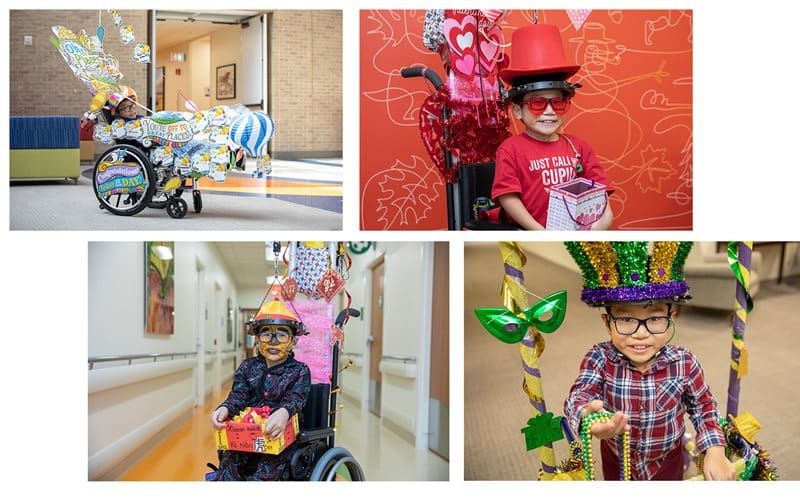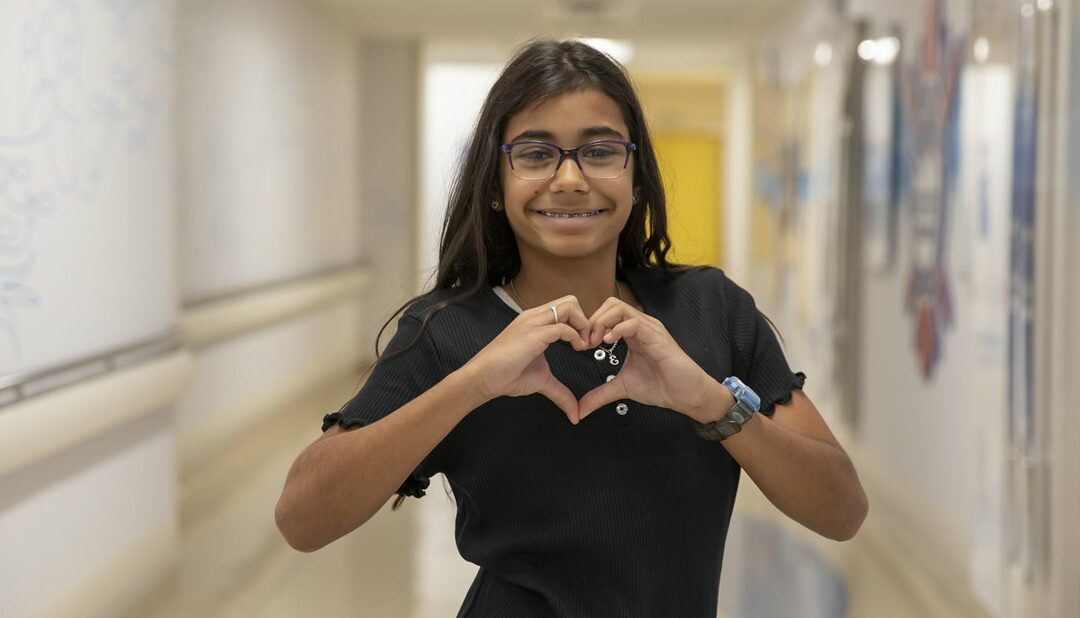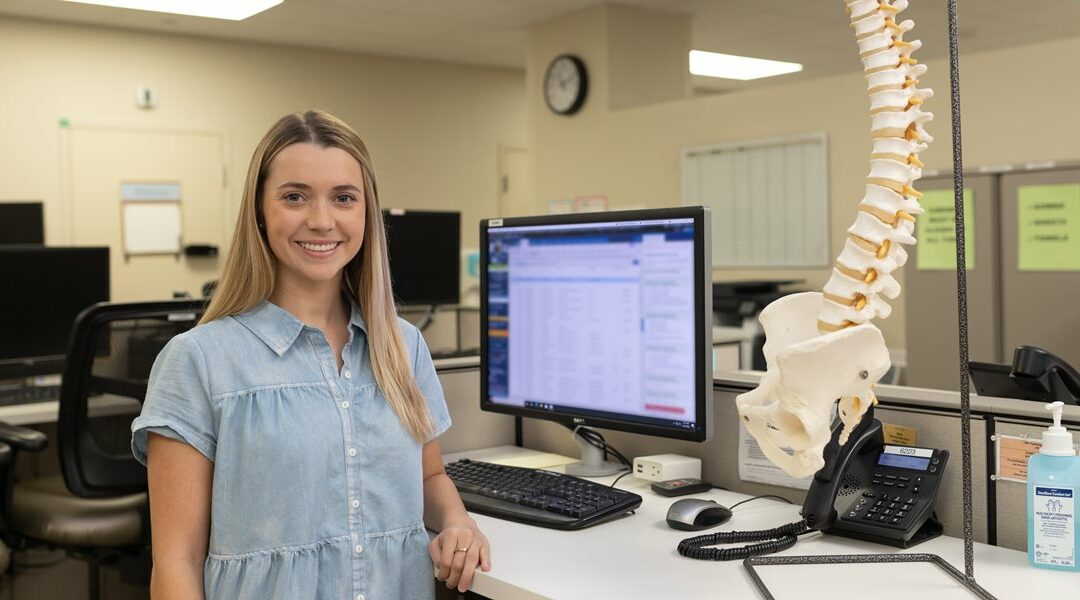
Get to Know our Staff: Emily Lachmann, Clinical Research
What inspired you to apply for the CORA/MSRF position?
After deciding to take a gap year before medical school, I was unsure about what I wanted to do. I applied for the CORA program because this position encompassed everything that I was searching for to prepare me for medical school from taking on research projects, working with a physician mentor, having lots of shadowing opportunities and getting experience with patients.
Have you always been interested in medicine and/or research?
I have always been interested in medicine, but my interest in research did not develop until my undergraduate years at Baylor University. During that time, I worked for a principal investigator that was developing a phone application to detect early stages of retinoblastoma (eye cancer) in children. This really opened my eyes to the impact of research, particularly in pediatrics, where we have the power to change children’s lives. I am so grateful to continue this type of work at Scottish Rite for Children.
What is it like working at Scottish Rite for Children?
Working at Scottish Rite has beyond exceeded my expectations. The staff here are so kind, and everyone truly values the mission of the organization to give children back their childhood. From my first day, the research team and the clinic staff were so welcoming and wanting to help me succeed in this new role. Specifically, the members of the Spine Research team have gone above and beyond to teach me the skills I need to be a successful researcher and future physician. Although Scottish Rite is made up of many different departments, it is clear that we are one big team.
Can you share a few sentences about someone at Scottish Rite who has been a mentor to you and how they have impacted your experience? What project are you working on with that mentor?
Dr. Amy L. McIntosh was the first mentor I worked with, and she was quick to make an impact on me. I was unaware of her impact at the time, but after learning more about her, I feel privileged to have her as a mentor. Her work as the Director of Clinical Safety, her passion to support women in STEM and her lead as the principal investigator to one of our largest scoliosis studies is inspiring to someone who is starting their career in medicine. When I am down in the clinic, Dr. McIntosh is always very welcoming and constantly inviting me to shadow with her. She takes the time to show me X-rays so that I can learn and better my understanding of complex conditions. In addition to working closely with her on the Early Onset Scoliosis study, Dr. McIntosh gave me the opportunity to work with her on a manuscript about reducing patient narcotic usage after scoliosis surgery, which recently got accepted to a pediatric anesthesia journal!
How do you think this experience will impact your career path?
The CORA program gave me invaluable experiences that were both helpful toward my immediate goal of medical school and will be helpful toward my long-term career goals. The experience working with patients, learning how to collaborate with principal investigators, and understanding the ins and outs of clinical research will have endless benefits. All these experiences have grown my confidence in communicating with patients and the various medical teams, applying to medical school and in my abilities as a researcher.
What progress have you made toward your career goal since beginning the program?
Since beginning this program, I have been accepted to medical school and will be attending UT Southwestern, Class of 2027. Also, I have had the opportunity to be an author on multiple abstracts and publications, one of which recently just got accepted by a pediatric anesthesia journal!
What is your favorite project that you are currently working on or have worked on at Scottish Rite?
My work on the Early Onset Scoliosis Study is my favorite and most rewarding project. The children are the most resilient and sweet. Getting to see and work with these patients and their families is the highlight of my day. It is so rewarding and fun to share the research process with them and to educate them on the impact research can have for future children.
What advice do you have for future CORA/MSRF participants?
Be thankful for this opportunity! Scottish Rite for Children is such a special place filled with the most supportive staff. Be a good team player, work hard and always put the patients first!
What is one thing most people don’t know about you?
I love playing sports and am extremely competitive! Last year, I broke my finger playing flag football. (I am also an orthopedic patient myself!)
Anything else you would like to add?
This program is not just a job. The CORA program does lots of fun activities outside of work, too! For example, we put together a relay team to take down the doctors at the Dallas Marathon this December!
If you are interested in a career in medicine and plan to take a year or two after college before applying to medical school, learn more about becoming a clinical orthopedic research assistant (CORA) on our careers page. Applications for June 2023 positions are being accepted through spring of 2023.
If you are in medical school and are interested in a research opportunity, learn more about becoming a medical student research fellow (MSRF) on our careers page.
